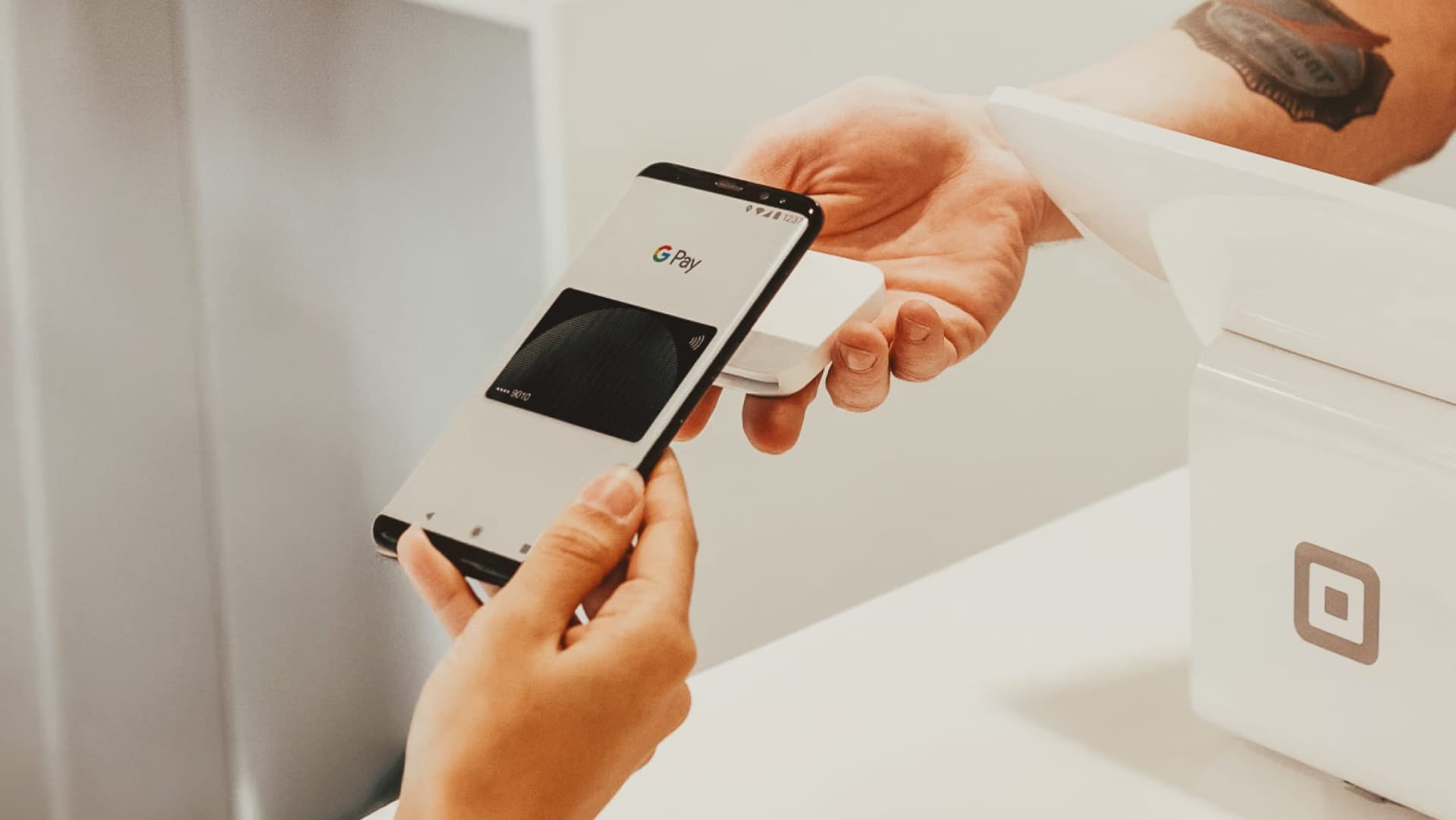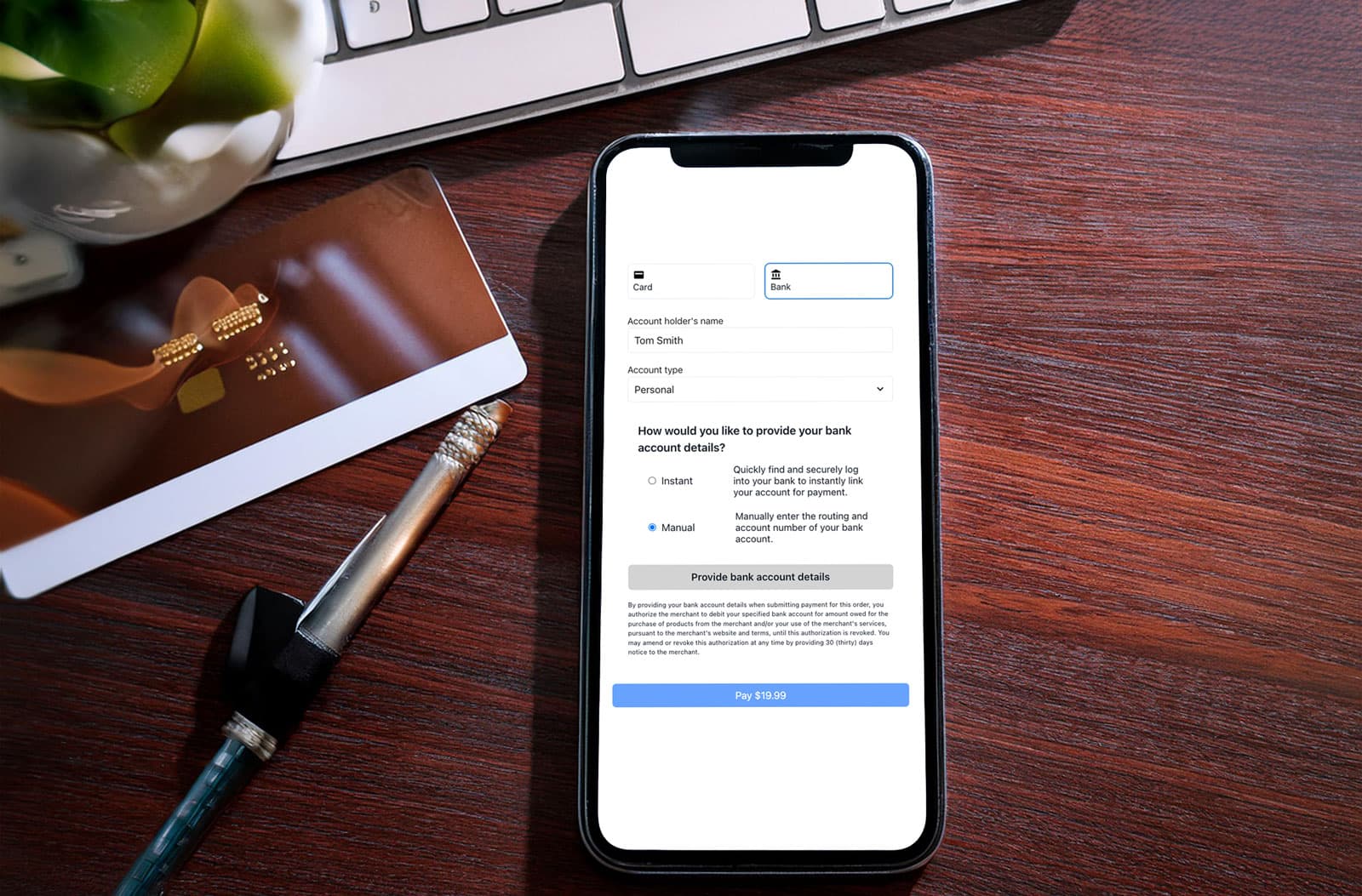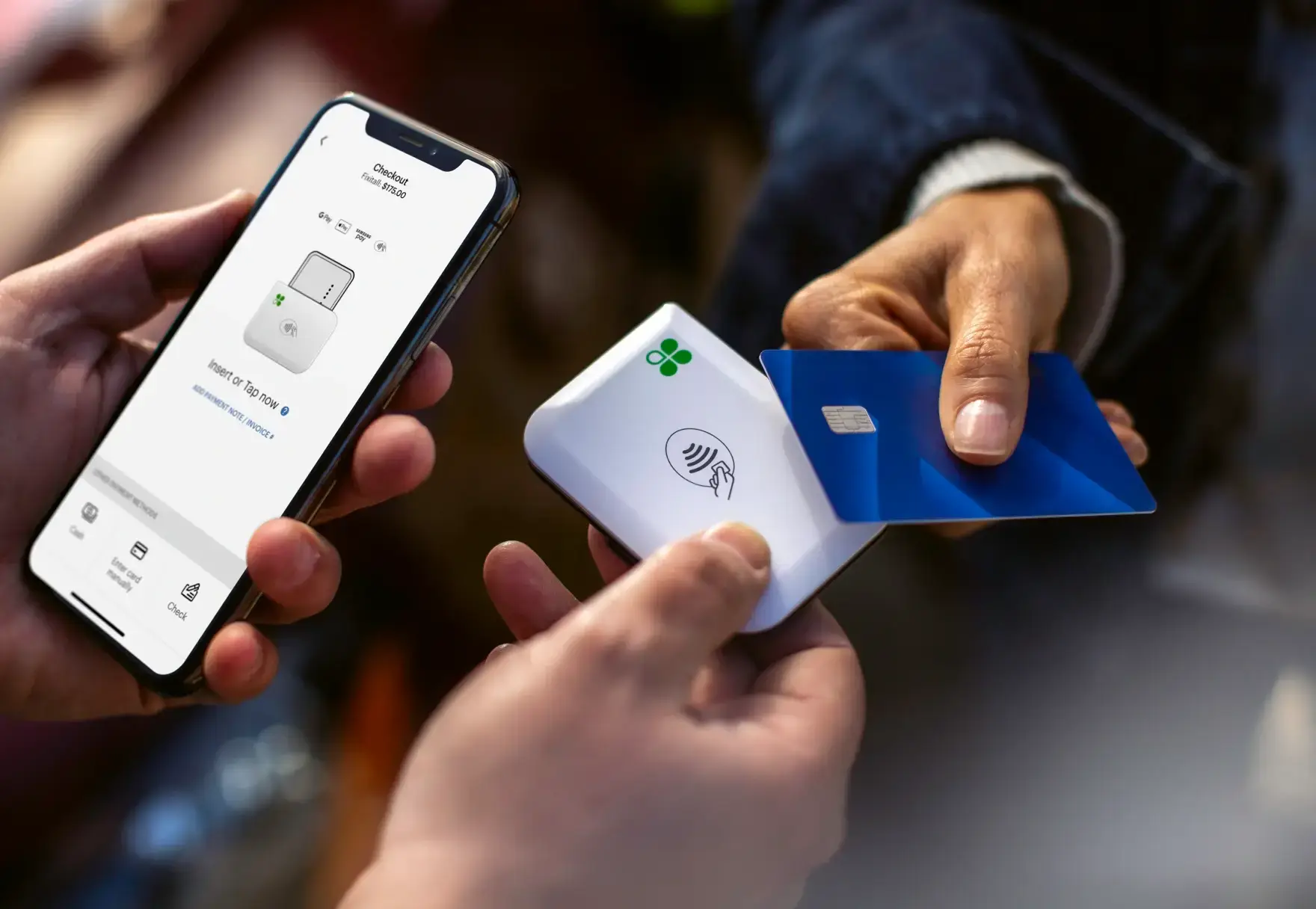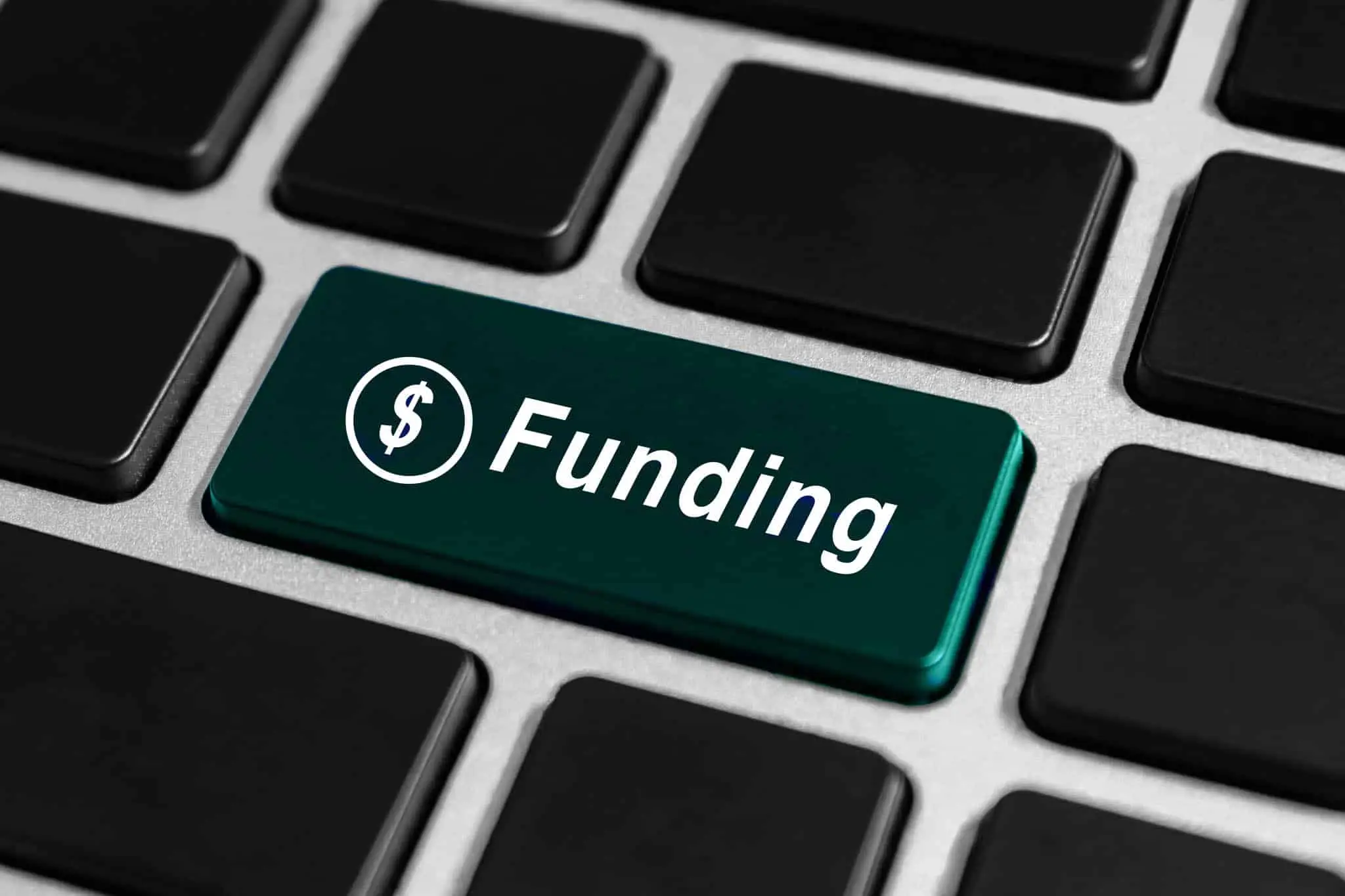Every vertical SaaS founder has heard it: “You could double your revenue by monetizing payments.”
It’s a compelling pitch, especially in today’s funding environment where efficient growth matters more than ever. With just a few lines of math, the upside is obvious:

So the journey begins. You research providers, compare technical lift and cost structures, choose a processor, and launch payments. You carve out a pricing model. Maybe you even add incentives to encourage adoption.
And then… not much happens.
For 9 out of 10 software platforms, payments revenue falls short of expectations. It’s not a total miss, there’s some incremental income, but nowhere near what that first board meeting promised.
The Plateau: Focusing on Take Rate Too Early
Soon, the team is reporting on quarterly payment volume:
- “We processed $25M this quarter, up from $20M.”
- “Revenue was $700K at a 2.85% blended rate.”
- “Actual interchange came in at 2.25% due to downgrades.”
- “The processor’s all-in fee was 0.35%.”
- “So our take rate ended up at just 25 basis points.”
And here’s where most teams go off track: they try to optimize their way out. They get laser-focused on squeezing the processor’s 35 bps down to 25. Negotiating rates, analyzing statement fees, chasing “spread.”
It makes sense on paper. If you keep more of each dollar processed, you earn more, right?
Not exactly.
The Real Driver: Adoption
For platforms still in the early to mid-stage of their payments evolution, the biggest lever isn’t margin, it’s usage. The percentage of your customers who are actually adopting and using your payments product.
Because here’s the truth: You don’t need to make more per customer if you can get more customers using payments.
Even a modest take rate, say 25 bps, can generate meaningful revenue at scale if you have strong adoption. Better yet, customers that adopt payments tend to be stickier. Payments improves LTV, reduces churn, and deepens your product’s value.
Here’s a simple example:
Scenario A: Focus on Adoption

Scenario B: Focus on Take Rate

Even with a take rate that’s 2x higher, Scenario B underperforms because only a small subset of customers are actually using the product.
This is where so many platforms fall short. They launch payments, see low adoption, and think the problem is margin. But if only 20% of your users are processing through your system, no amount of fee compression will unlock the upside you’re looking for.
So what does great adoption look like?
Best-in-class SaaS platforms think of payments as a core part of the user experience, not a bolt-on. They:
- Embed payments natively into the user’s existing workflows
- Simplify onboarding with instant approval, integrated KYC, and intuitive UX
- Communicate value clearly (e.g., faster payments, unified reporting, lower reconciliation effort)
- Use nudges to activate non-adopters: incentives, alerts, or even customer success outreach
The top performers don’t just enable payments. They drive adoption like it’s a product of its own, because it is.
Don’t get distracted by basis points before you earn your dollars.
There will come a time when optimizing your take rate makes sense, when you’ve hit strong adoption and want to scale margins. But if you’re still early, resist the urge to obsess over every decimal point. Instead, focus your team on the real unlock: driving more of your customers onto your payments rails.
That’s where the real upside lies. And that’s what separates the platforms that dabble in payments from the ones that turn it into a core business.





